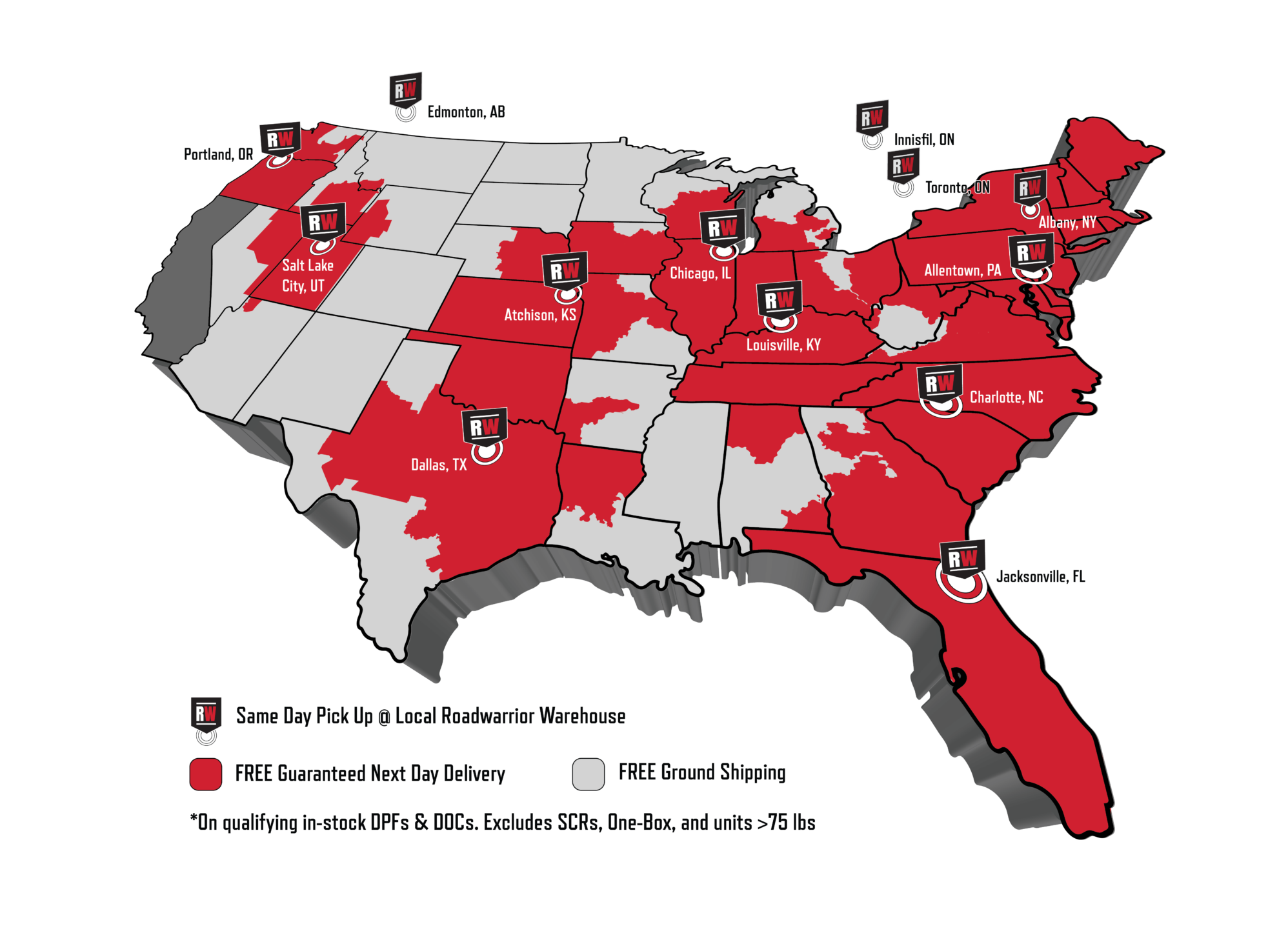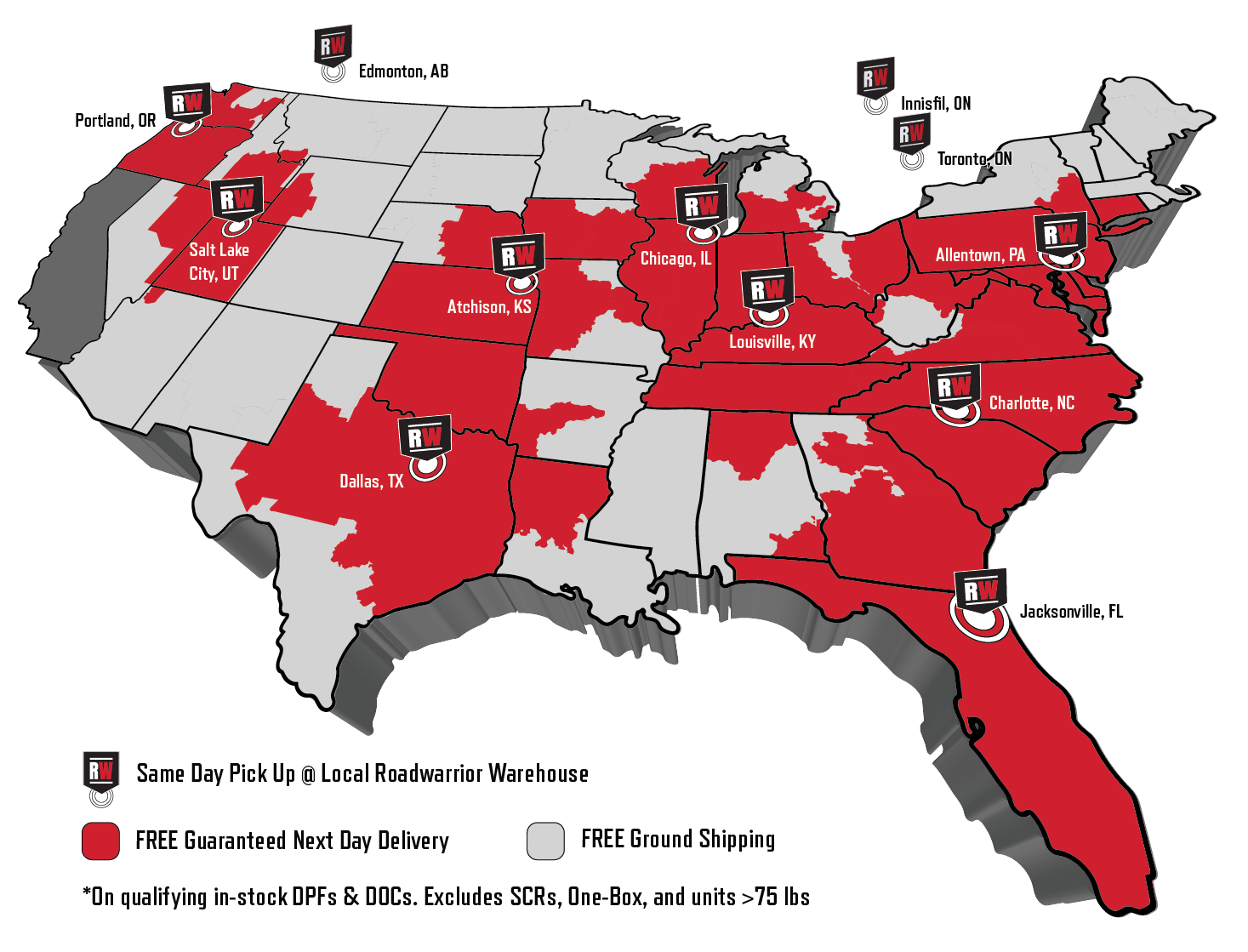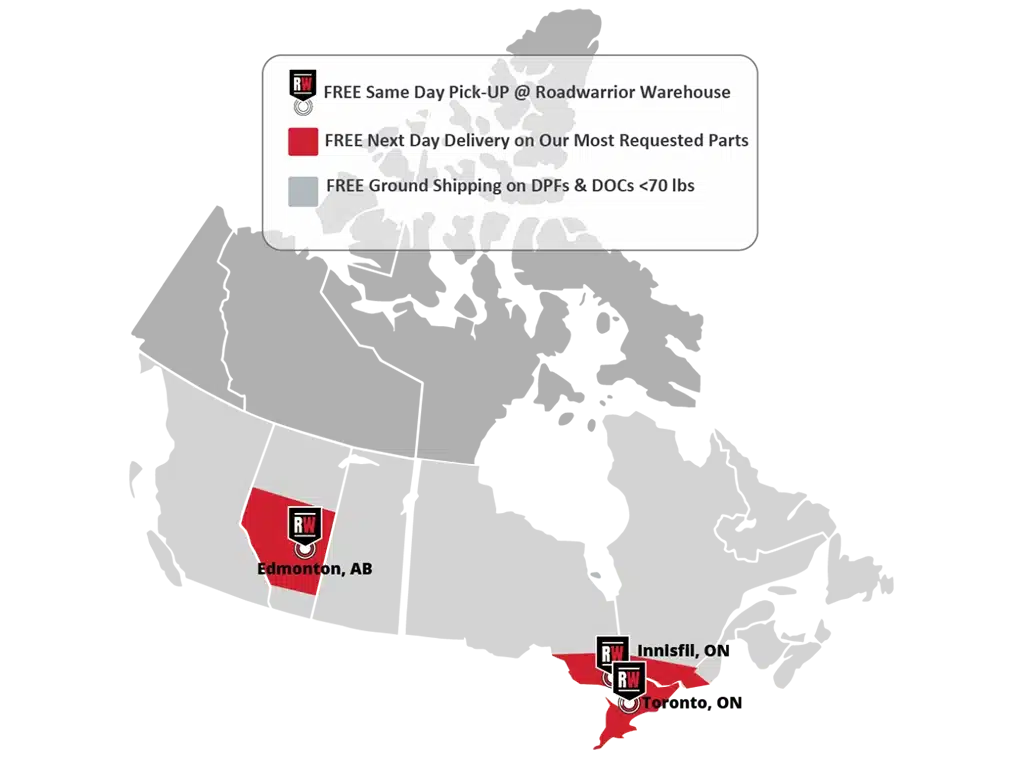In the 1920s and 30s, OTR trucking companies started attaching small cabins onto their trucks to sleep in. These early sleepers were sometimes called coffin sleepers, both due to their incredibly small size, and how dangerous they were for anybody inside in the event of a crash. However, the size, comfort and safety of the truck sleeper cab has come on a long way since then. Today’s sleepers range from basic models with bunk beds and built-in kitchen essentials to customized luxury cabs with built-in motorcycle garages.
The level of comfort and customization available increases depending on how much you’re willing to spend on it. Used Vending estimates the cost of a new sleeper cab (without the tractor) to be $55,000, while a customized luxury version costs around $150,000. If you purchase both a truck and a standard new sleeper, you’re looking at $200,000–300,000. But second-hand, they can be anywhere from $8,500–275,000 depending on how customized and elaborate they are. Whether you’re looking for a new or second-hand truck sleeper cab, there are several ways to narrow down your options!
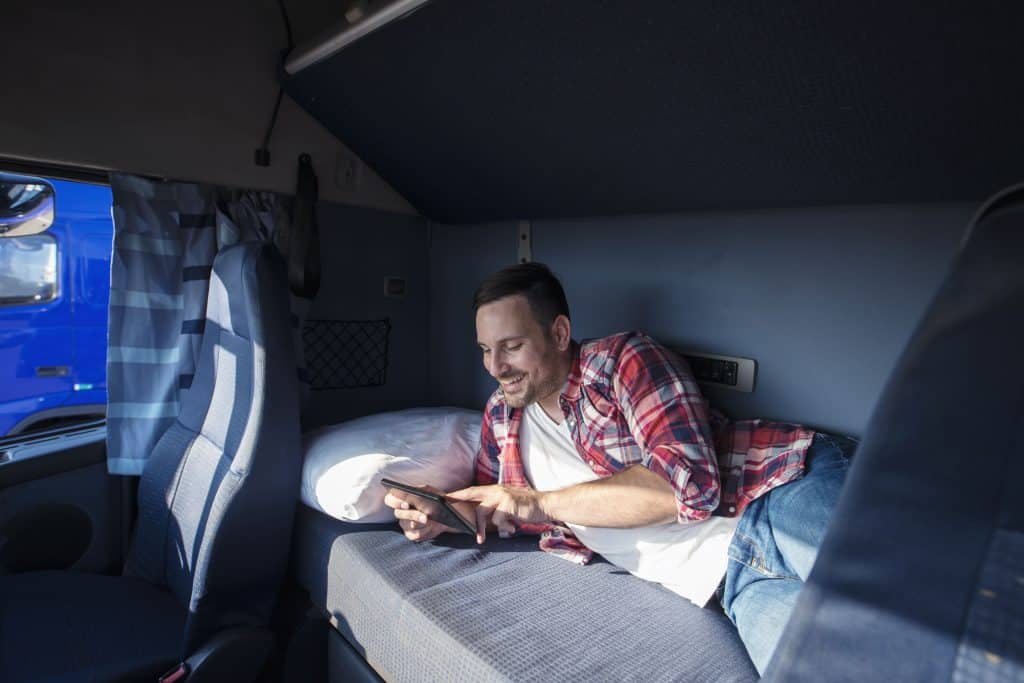
1. What to Look for in Your Sleeper Cab Bed?
The quality of the sleeper cab bed can have a big impact on driver turnover in long-haul fleets. For similar reasons, it also affects the retirement age of owner-operators. Most truck outfitters offer a choice of a single bed, a double bunk, or a larger bed for couples who drive as a team. The major OEMs also have more advanced bunk options that are worth considering if you’re buying a new sleeper cab. For example, Volvo sleeper cab beds have the option of an adjustable lean level, so the back can be pulled up into a reclining chair.
Mattress quality is also an important factor! Drivers who sleep on high-quality mattresses are much less likely to experience neck, back and hip pain, which are some of the leading causes of early retirement in the OTR trucking community! A good night’s sleep ensures drivers are well-rested and able to concentrate during shifts. However, a new truck mattress can set you back a fair bit, so you should factor this into your upgrade budget!
Every recent advancement in truck sleeper cabs has been intended to make them more efficient and comfortable! For example, most new sleepers now include built-in bedside charging ports for your phone, laptop or tablet. Ideally, you don’t want to have to get up to adjust the lights and temperature once you’re settled, so many modern sleeper cabs also have bedside control panels. This lets you adjust the lighting, HVAC and audio system, and lock the safety doors, all without getting up.
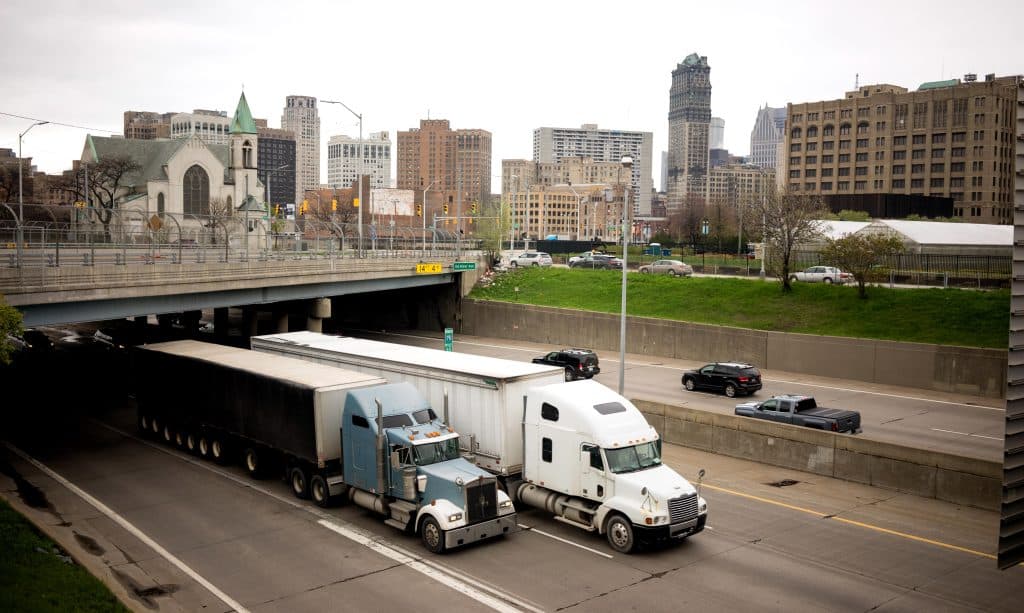
2. Does it Have Well-Designed Storage Spaces?
When you’re spending weeks or months at a time living out of a relatively small sleeper cab, storage space is at an absolute premium. Luckily, manufacturers have become very good at turning unused gaps into handy storage compartments. When you’re looking for a new sleeper cab, you should consider how much storage you need and whether the model you’re looking at offers enough. This can include storage pockets near the bed, pull-out draws under the bunk, and all sorts of cleverly placed cabinets. You should also look for any multi-purpose features, like a countertop that can be extended into a table.
3. Does the Truck Cab Have Premium Seats?
OTR truck drivers spend up to 11 hours in the driving seat per shift, and a badly designed seat can take a toll on your health, contributing to back and hip pain. However, new high-quality seats are expensive, so you should look closely at seat quality before buying a sleeper cab.
One increasingly common upgrade is seats that can rotate to become part of the truck sleeper cab during rest periods. These seats are often combined with a fold-down table, which is handy for drivers who prefer not to eat or do paperwork in bed. This is a custom feature in Kenworth trucks among others and is often a suitable retrofit upgrade for older trucks. You can find out more about it in this article by Fleet Owner.
Custom Freightliner sleeper cabs also offer swivel seats, as well as heated seats and a 3-way bolster to protect the spine’s natural curve. Peterbilt on the other hand offers a convenient pass-through space under the passenger seat. This lets you load essentials into the cab more easily from the ground. Volvo takes another approach again, with the option of a built-in coolbox under the seat for your snacks and drinks. This space-efficient system lets you get a drink when you’re stationary in traffic or pulled over but can’t get up to enter the sleeper cab.
4. Is There a Washroom in Your Sleeper?
With space at such a high premium, sleeper cab bathrooms are closet-sized with a portable toilet and shower or sink. They’re quite rare in OTR trucking fleets but relatively common among owner-operators. Some drivers are put off from installing a sleeper cab bathroom by the extra expense, as they mostly come in custom-built trucks! Others are deterred by the extra hassle involved in maintaining one.
Best practice with a sleeper cab bathroom is to clean it once a week and use deodorizers to prevent it (and the rest of your sleeper) from developing an unpleasant smell. You also need to factor in regular stops at sewage dump facilities to empty out the septic tank to avoid it becoming unsanitary. Beyond this, you should consider the extra space and weight a bathroom takes up, especially if you choose a more elaborate bathroom with a sink, shower and toilet.
Are There Any Benefits?
On the flip side, there are good reasons why portable bathrooms are popular with owner-operators in the OTR trucking world. While they aren’t luxurious as bathrooms go, many drivers appreciate not having to leave their truck to use the truck-stop bathroom after dark. This can be a comfort for older drivers who may need to use the bathroom more often at night. It’s also popular with some female drivers who feel safer staying in their trucks at night at unfamiliar truck stops. On top of this, sleeper bathrooms are convenient when drivers are waiting for a drop-off or in a remote area without facilities. Having a built-in shower and sink also makes a nice change from the public showers at rest stops!
Both options have benefits, but bathrooms are hard to retrofit, so consider your preference carefully before buying a sleeper. If you’re looking for a custom-built truck with a bathroom, we’d recommend a simple one that’s easy to maintain. You should also look for one with high-quality components to reduce the risk of leaks or breakages!
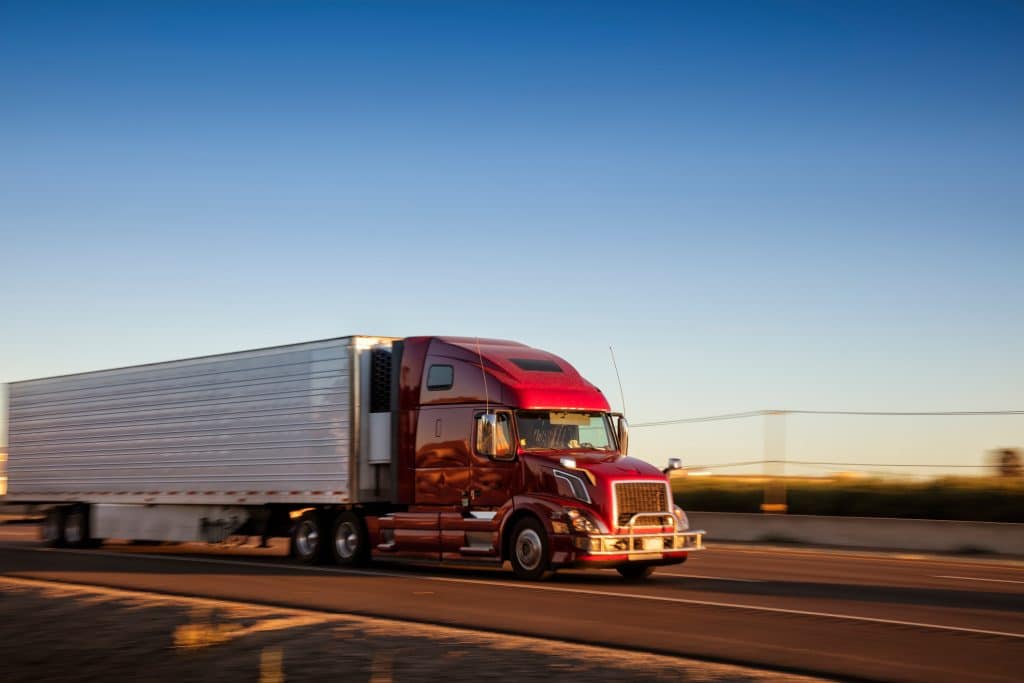
5. How Do You Create a Nicer Ambience?
Being well-rested is essential when you’re at the wheel for long periods, and the truck sleeper cab is meant to help you get the rest you need. However, it can be hard to relax when you’re parked at a noisy truck stop, or next to a busy road! If you have to idle your engine while in the truck sleeper cab, you may also be disturbed by vibrations. So, before buying a sleeper cab, you should check how much soundproofing and vibration proofing it has. For example, New Freightliner sleeper cabs usually have stiff, curved walls to reduce vibration and noise-dampening insulation.
Another feature that contributes to your sleeper cab’s ambience is lighting. The standard lighting choices from truck outfitters have improved considerably in recent years. Some trucks have red ground-level lighting, or ambient ceiling lights so as not to distract the driver at the wheel. This is especially popular with drivers who share their sleeper cab with a partner. It’s also nice to have lighting options in a sleeper cab. Freightliner, for example, installs small dome lights by the bed to create a cozier atmosphere when drivers are winding down. Many drivers also customize their sleeper cab lights themselves to create a more relaxing setting.
But What About Natural Light?
Depending on the time of year and your route, windows let more or less natural light into the sleeper. Before buying a truck sleeper cab, look at the window size and placement to see how much light you’ll get. Having more natural light saves you from wasting power on electric lights and creates a nicer atmosphere during your breaks. Many Kenworth sleeper cabs have both rear and side windows to maximize the daylight!
But what if you want to keep out external light? When you’re parked in a well-lit area or near trucks on different schedules, you’ll want to block out light. Clip-on shades used to be the standard solution for this. However, OEMs like Volvo have recently started offering built-in airline-style window shades that slide across instead. This blocks light more efficiently and saves drivers a lot of hassle—it’s definitely a feature to look out for!
6. How Advanced is the Sleeper?
Before investing in a truck sleeper cab, consider how good its electrical setup is. For example, does it have a high-quality microwave and fridge/ freezer built in? Are there convenient sockets to install a coffee machine or other kitchen appliances? You can find out more about how these can improve rest periods in our companion blog 5 Easy Sleeper Cab Upgrades. You should also check how easy it’ll be to charge your personal electronics! Look for plugs near the bed where you can charge your phone or plug in your sleep apnea machine. Find out if there’s anywhere to mount and plug in a TV.
7. How is Your Truck Sleeper Cab Powered?
The final consideration when investing in a truck sleeper cab, whether it’s new or second-hand, is how it’s powered. A sleeper uses a lot more power than a day cab! It has lighting, an HVAC system, kitchen appliances, personal electronics and even sleep-assist features like heated blankets and sleep apnea machines relying on it.
You mostly use a sleeper cab when the engine’s off, so powering one with your starter battery doesn’t really work. Lead-acid starter batteries aren’t designed for deep discharge, so powering sleeper cabs with them often leads to flat batteries! They also can’t store enough power to run your electronics, so you’ll drive up your idle times powering the sleeper. This puts you at risk of breaking anti-idling laws and incurring large fines! To get around this, most OEMs now install auxiliary power units (APUs) in the trucks they build. APUs are designed specifically for sleeper cabs and their power source isn’t linked to the starter batteries. If you’re debating buying a particular truck sleeper cab, you should check what kind of auxiliary power it has.
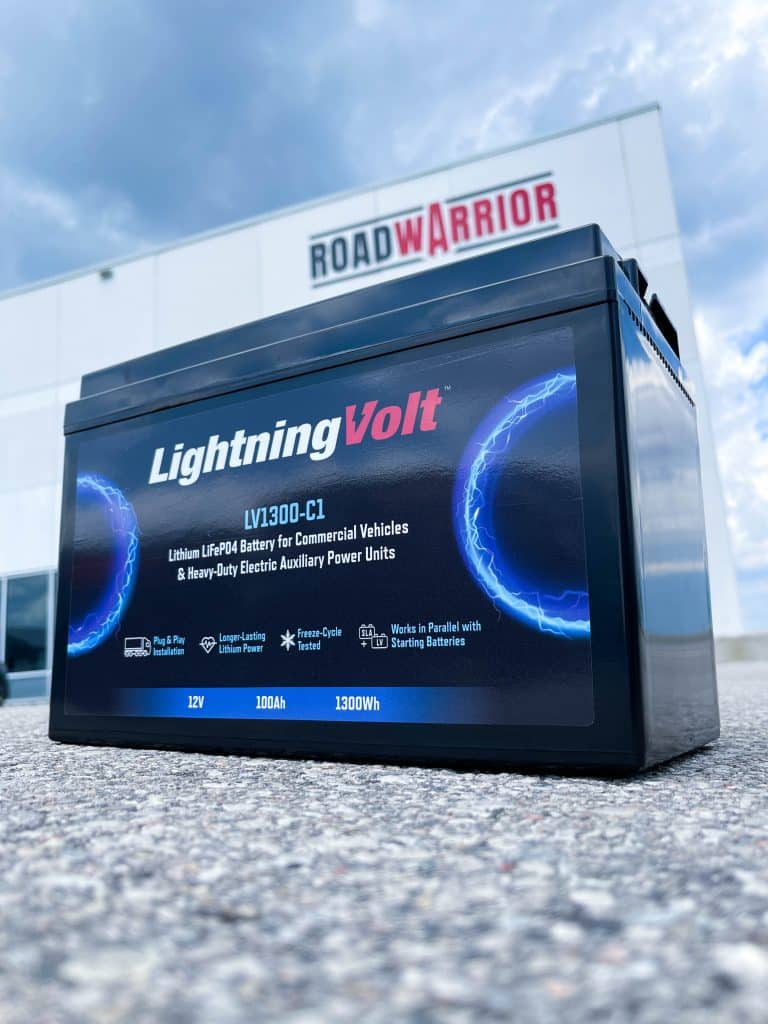
How Does An APU Work?
Some OEMs choose diesel-powered APUs, but these require extra maintenance which is a hassle. They’re also banned in states like California, which creates unnecessary complications for drivers! The increasingly popular alternative in OTR trucking is the electric APU, which runs on deep-discharge batteries. The batteries charge off the alternator while the engine’s running, then power your sleeper cab when the engine’s off! While some drivers experience restrictive runtimes with electric APUs, this is usually due to the APU batteries. Many OEMs cut costs by using cheap lead-acid batteries, which aren’t right for electric APUs! Lead-acid batteries aren’t built for deep discharge and can’t release enough power to run a sleeper cab during the rest period. When they’re forced to, they degrade quickly and need replacing every 1–2 years! To understand more about this, read our blog on the differences between starter and auxiliary batteries.
To avoid issues like this, Roadwarrior developed LightningVolt—our deep-discharge lithium batteries designed specifically for truck APUs! As well as a 10× longer lifespan and twice the runtime of a lead-acid battery, they’re freeze-cycle tested and built to be extra-durable for use in trucks. You can find out more about them on the LightningVolt page.

